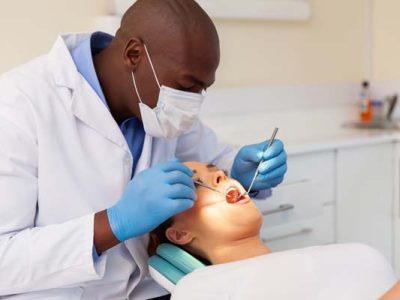According to statistics, approximately 7 million people visit the emergency room annually with orthopedic injuries. Orthopedic trauma is characterized by severe pain that can be debilitating. Your Jersey City orthopedics specialist may apply electrodiagnostic testing for accurate diagnosis and optimal treatment outcomes.
Common types of orthopedic injuries
Orthopedic injuries may occur due to dislocations, fractures, sprains, and broken bones. They can affect virtually all joints in the body.
Athletes and people in occupations involving a lot of physical activity may be susceptible to overuse injuries. An example of a common form of back pain resulting from overexertion is Spondylolysis.
Spondylolysis occurs when the lumbar vertebrae are fractured by repeated stress on the spinal column. It affects one in 20 people and is common among gymnasts and ice skaters.
Another common orthopedic injury is an ACL tear, which affects the ligament at the center of the knee. An ACL tear is more likely to occur if the activity involves abrupt turns and quick stops.
Other common conditions include:
- Tennis elbow
- Plantar fasciitis
- Carpal tunnel syndrome
- Sprained ankle
Impact of orthopedic trauma
Orthopedic trauma typically affects soft tissues and bones, making them the most painful injuries. The severe pain from these injuries tends to elicit behavioral and emotional distress. The patient may be unable to return to work after the treatment.
If the trauma remains untreated, it can intensify the symptoms and cause more emotional and psychological pain. At later stages, orthopedic injuries have an extended duration which incurs high hospitalization costs.
Why is diagnosing orthopedic pain challenging?
Poor diagnosis and treatment of orthopedic pain can increase hospital stays and exacerbate emotional distress. But they can be challenging to diagnose because it is difficult to pinpoint the source of the pain.
For example, back pain could have several underlying causes. Sometimes the main factor is stress and anxiety. However, other patients may have nerve problems sending abnormal signals to the brain.
Another challenge is pain is subjective, and the sensations vary between patients with the same diagnosis. Mild pain for one individual may feel excruciatingly painful to others.
The patient’s lifestyle may also complicate the treatment process. Habits like alcohol consumption could cause the symptoms to recur. Therefore, your orthopedic specialist must thoroughly assess underlying factors before developing a pain management plan.
Orthopedic diagnostic process
Diagnosing orthopedic injuries may involve multiple tests to pinpoint the exact cause of the problem. An MRI is one of the tools used to generate images of joints and surrounding soft tissue. The MRI produces higher-quality images compared to x-rays.
Another diagnostic procedure is the electro diagnostic EMG testing which employs electromagnetic waves to evaluate muscle function. It provides reliable data to assess the cause of muscle weakness or chronic muscle pain.
A nerve conduction velocity test involves placing electrodes near the affected nerve. The process determines how fast signals are transmitted across nerves. It is used to diagnose tingling and nerve problems.
Your provider will discuss your symptoms to determine the most effective diagnostic process and treatment protocol. A timely diagnosis is crucial for long-term pain management and treatment.
Contact Garden State Pain & Orthopedic to schedule a pain management consultation today.








Comments